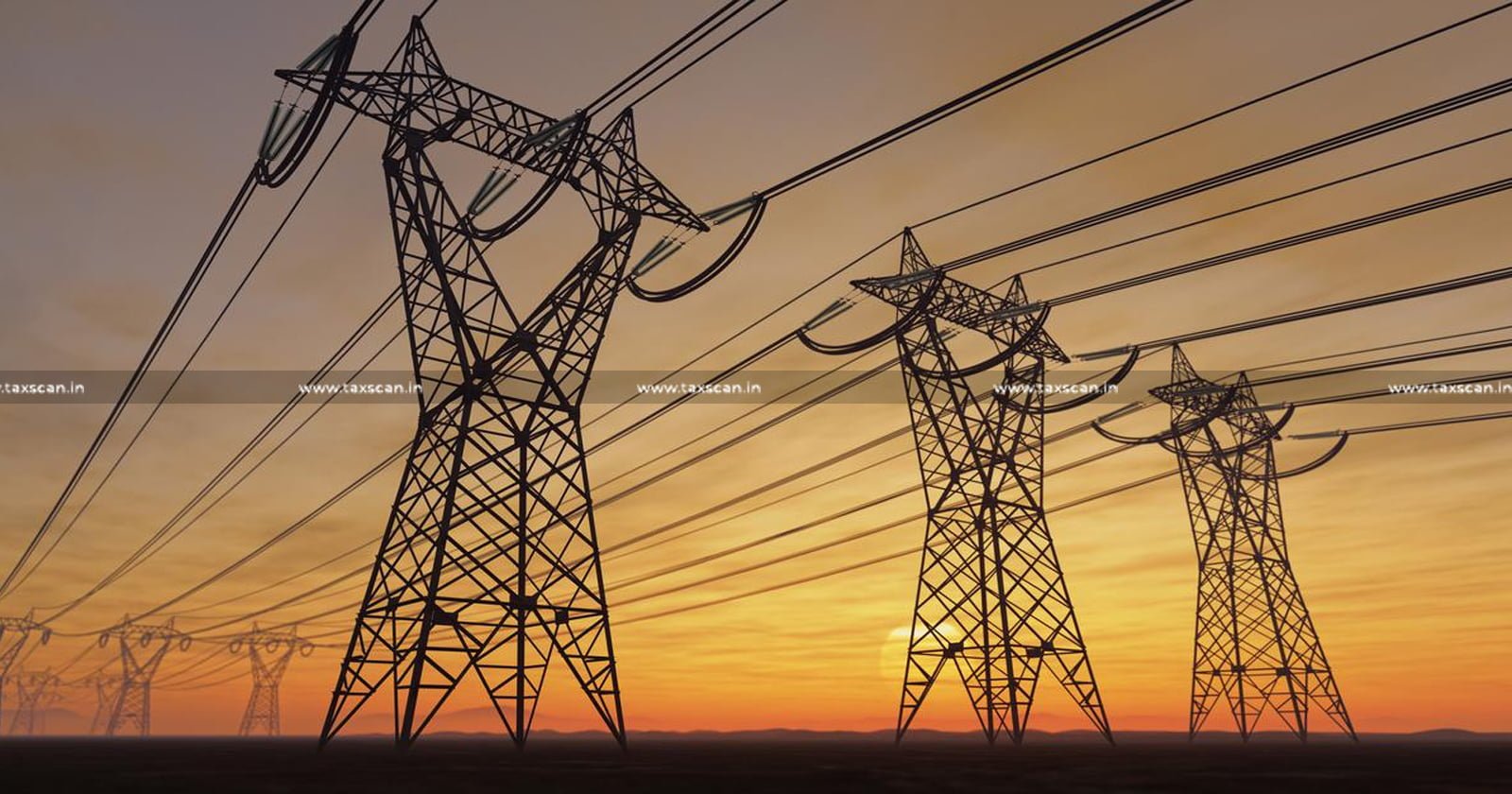CENVAT Credit Permissible for Electricity Supplied to Sister Units from Captive Power Plant Under Amended CCR Rules, 2011: Madras HC [Read Order]
Madras HC concluded that the definition of inputs post-2011 does not require that the electricity generated must be used in the same factory

Madras High Court – Madras HC – CENVAT – power plant electricity – TAXSCAN
Madras High Court – Madras HC – CENVAT – power plant electricity – TAXSCAN
In a recent ruling, the Madras High Court ruled that the Central Value Added Tax ( CENVAT ) Credit was permissible for electricity supplied to sister units from captive power plants under the CENVAT Credit Rules ( CCR ) ( Amendment ), 2011.
The appellant, India Cements Limited, operates a Captive Power Plant (CPP) at its factory in Sankar Nagar, Tirunelveli District. Under an agreement with TANGEDCO dated August 31, 2012, the company was permitted to transfer (wheel) a portion of the electricity generated by its Captive Power Plant to the grid for the benefit of its sister units, without receiving any compensation.
The appellant imported coal for electricity generation in the CPP between September 2012 and May 2013 and claimed CENVAT credit for the Countervailing Duty (CVD) on the imports.
The Customs, Excise & Service Tax Appellate Tribunal (CESTAT) raised objections regarding the appellant's availing CENVAT credit on the portion of electricity wheeled out to sister units. Since the electricity was used both within the factory and supplied to sister units, the department claimed a violation of CENVAT Credit Rules, 2002, and demanded duty, interest, and penalties, arguing that the electricity wheeled to sister units did not qualify as input service.
The department issued show cause notices (SCN) and, after hearings, upheld the demand for duty, interest, and penalty. Parallel refund claims for credit reversals during various periods were also rejected.
The appellant challenged the revenue orders before CESTAT, but the appeals were dismissed. The appellant appealed before the Madras High Court where the counsel argued that electricity qualifies as an input for CENVAT credit under the CENVAT Credit Rules (CCR) 2004, and the excess electricity generated at their Captive Power Plant was not sold to outsiders but transferred to their own duty-paying sister units, thereby justifying the credit claim.
The counsel relied on the 2011 amendment to the CCR, which removed the requirement that inputs must be consumed at a specific location, arguing that the electricity wheeled to other units within the same group should still qualify for credit.
On the contrary, the respondent’s counsel argued that the electricity transferred to sister units cannot be considered input under the CENVAT Credit Rules. Hence, the appellant is not entitled to claim CENVAT credit for the coal used to generate this electricity.
The counsel relied on the Supreme Court’s ruling in the Maruti Suzuki case, which held that inputs used in generating electricity are only eligible for CENVAT credit if the electricity is consumed within the factory where it is generated.
The bench comprising Justice Anita Sumanth and Justice R. Vijayakumar examined the definitions of input under the 2002 and 2004 CENVAT Credit Rules and concluded that the definition of inputs post-2011 does not require that the electricity generated must be used in the same factory.
The Court explained the current case from the Maruti Suzuki case that electricity was not sold but was supplied to sister units within the group without consideration. This aspect of intra-group power transfer was deemed relevant to the decision.
The Court acknowledged that wheeling electricity through TANGEDCO ensures transparency in the transfer process, and there is no inflated claim or misuse of the credit system. Therefore, the appellant's eligibility for CENVAT credit for the coal used in electricity generation, even when wheeled to sister units, was upheld.
The appeal of the appellant was allowed, and no order was passed as to costs.
To Read the full text of the Order CLICK HERE
Support our journalism by subscribing to Taxscan premium. Follow us on Telegram for quick updates


